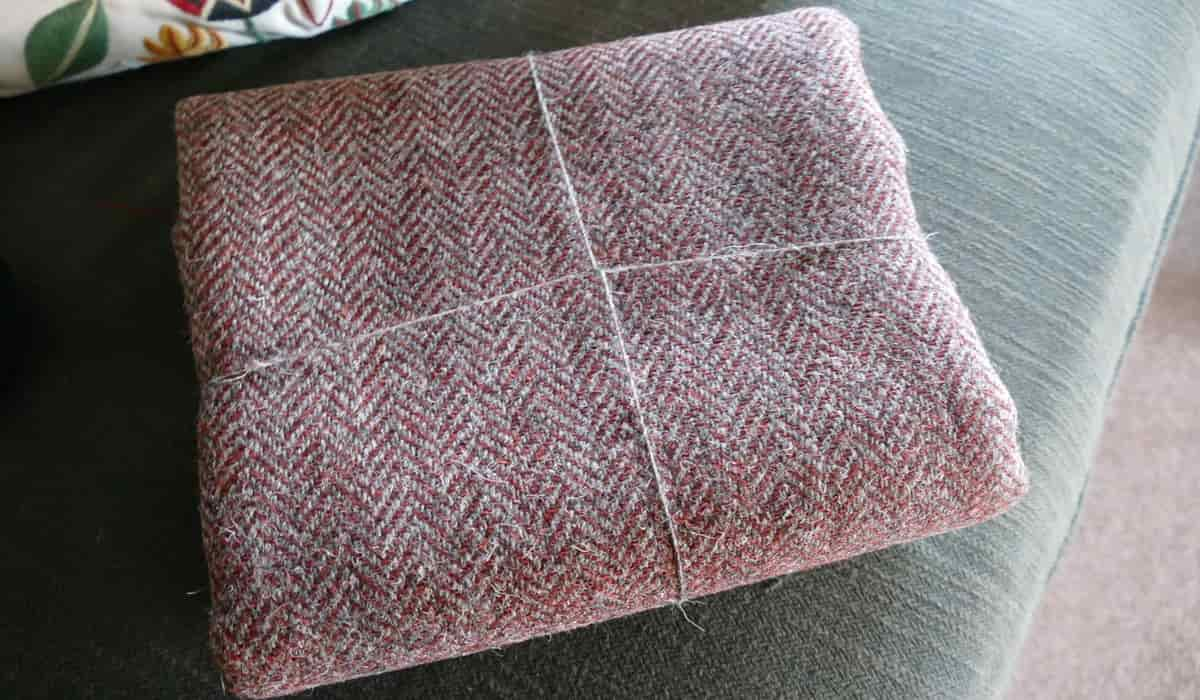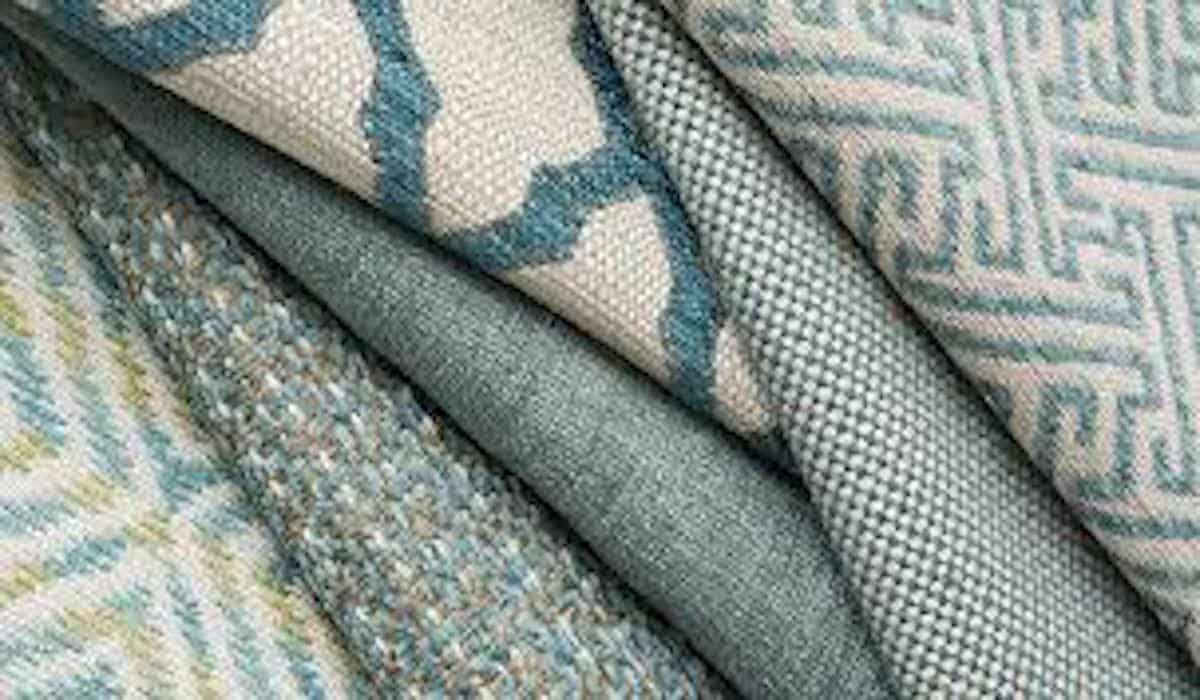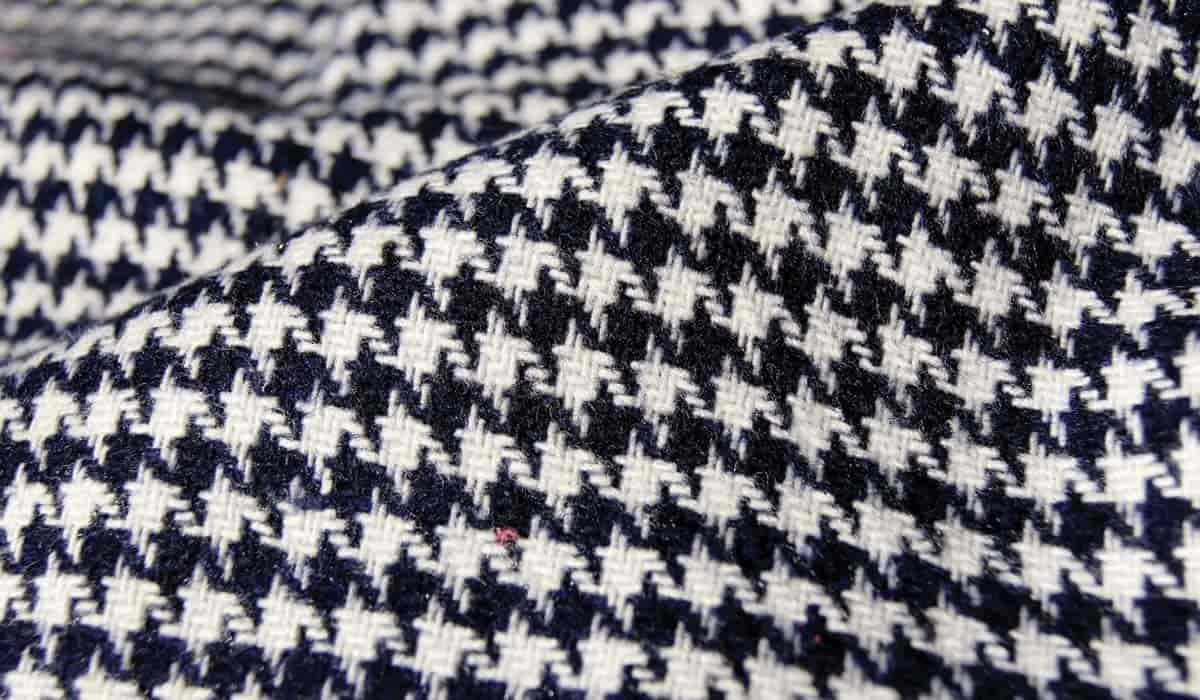It's possible that some people have the misconception that Donegal is an uncomfortable, itchy, and coarse tweed upholstery fabric that's only worn by elderly university professors, country gentlemen in England, or East Coast intellectuals in the United States. However, this is not the case at all. It is generally accepted that farmers in Scotland and Ireland developed tweed as a means of protecting themselves from the severe weather and wet conditions that were typical of the area at the time. Tweed is a fabric that was traditionally created through the hand-weaving process. The fabric has a rough texture, and the thickness of the fabric is comparable to that of felt. The colours are subdued and do not draw attention to themselves. This would be the type of clothing that a worker would put on. There are a few distinct theories concerning the origin of the name, which are currently in circulation.
- In Scotland, there is a river by the same name as the cloth, and there is a school of thought that the Tweed Valley was the place where the cloth was first developed. This is an etymological speculation.
- A more well-known urban legend asserts that the name "tweed" is derived from the Scottish word for "twill" or "twill," which refers to the distinctive weave of the fabric in question. This urban legend has been circulating for quite some time. A London clerk in the year 1826 made a mistake in the transcription of the order "tweel" and wrote "tweed" instead of "tweel." Because of this, the fabric was given the name "tweed."
Tweed, regardless of the location in which it was initially manufactured, is a durable fabric that is resistant to the wind and the elements and also has excellent thermal insulation properties. Tweed possesses these characteristics in spades. 
- The emergence of Gentleman's Tweed for the first time
In the first half of the 19th century, in an effort to increase the amount of leisure time that was available to them, the British aristocracy took control of many Scottish estates. This event marked the beginning of a new phase in the history of tweed. In 1848, in order to complete the purchase of the Scottish estate known as Balmoral, Prince Albert travelled to Scotland. Even though work on the foundations of the castle did not begin until September 28, 1853, he had The Balmoral Tweed in mind much earlier. It is not a coincidence that the blue and crimson with a sprinkling of white was intended to stalk deer in the area; consequently, it is not a coincidence that from a distance it appears grey, mimicking the granite mountains of Aberdeenshire that are located around Balmoral. Both of these things are not a coincidence. As a direct consequence of this, one of the very first estate tweeds was designed, and ever since that time, it has become standard practise for owners of estates to place special orders for distinctive tweeds. The Differences That Can Be Observed When Comparing Estate Tweed to Clan Tartan The Estate Tweeds and the Clan Tartan Tweeds are considered to be the two most influential Tweed families; however, what differentiates these two families from one another? Imagine a circumstance such as the following:
- The word "tweed" is a catch-all phrase that can be used to refer to either breed.
 2.No matter where in the world they are located, people who belong to the same family are acknowledged as being part of the Tartan Clan. (focused on the domestic sphere)
2.No matter where in the world they are located, people who belong to the same family are acknowledged as being part of the Tartan Clan. (focused on the domestic sphere)
- People who live and work on the same property are referred to as "Estate Tweed," and this moniker applies to them regardless of whether or not they are related to one another by blood. (With respect to the environment)
The history of tartans was primarily restricted to members of the British aristocracy, so property owners focused on the uniqueness and practicability of the tweed style instead. In order for Tweed to successfully hunt and stalk deer, it was ultimately necessary for him to provide himself with camouflage. Because of this, the colours are derived from the environment itself; even the most vibrant colours are intended to blend in with the heather, timber, and rocky landscape that is prevalent throughout the world. You should be able to get an idea of the range of colours that are present from the image of the Scottish countryside that you see up there. According to the book Scottish Estate Tweeds (1995), the Glenfeshie tweed was the first estate tweed that was given out to estate guards and gills around the year 1835. The book was written about the history of estate tweeds in Scotland. The "gun club" design's ancestor, Glenfeshie, dates back to an early stage in the design's development. It was based on the traditional black-and-white check pattern that estate shepherds are known to wear, but it featured red glazing instead. In point of fact, the New York Gun Club made the decision in the year 1874 to adopt the tweed that came from the Coigach estate as their official mascot and symbol. The club, however, made some adjustments to the tweed by alternating two dark colours with the white of the shepherd's check. This resulted in the creation of the pattern that is now known as the gun club check. The shepherd's check was inspired by the pattern.  The inventiveness of people who owned farms in the 19th century led to the production of tweed in a wide variety of patterns and colours, many of which are still available today. These patterns and colours are still available. The only people who were permitted to wear this pattern in the past were those who worked in agriculture or in a family business, but now anyone is free to do so. In the past, only those who worked in agriculture or in a family business were allowed to do so. The term "Gentleman's Sports Fabric" is commonly used to refer to tweed. Tweed was widely utilised as a component of men's athletic wear during the latter half of the 19th century and the early 20th century. This was due to the fabric's reputation as a high-performance option at the time. Tweed was almost immediately acknowledged by members of the British aristocracy as being the most appropriate material for the interior covering. Other fun things to do in the area include fishing, hunting, and shooting, all of which can be arranged through Tweed. During the 19th century, members of the middle class in Victorian society also began wearing tweed more frequently. These people were connected to the leisure pursuits that were considered aristocratic during that time period. It is worn for the vast majority of sports and activities that take place outside, such as mountaineering, golf, cycling, and tennis, in addition to riding motorcycles and bicycles. Up until the summer of the 1930s, tweed was a common material for golfing attire. After that, flannel pants and polos began to take the lead in terms of popularity.
The inventiveness of people who owned farms in the 19th century led to the production of tweed in a wide variety of patterns and colours, many of which are still available today. These patterns and colours are still available. The only people who were permitted to wear this pattern in the past were those who worked in agriculture or in a family business, but now anyone is free to do so. In the past, only those who worked in agriculture or in a family business were allowed to do so. The term "Gentleman's Sports Fabric" is commonly used to refer to tweed. Tweed was widely utilised as a component of men's athletic wear during the latter half of the 19th century and the early 20th century. This was due to the fabric's reputation as a high-performance option at the time. Tweed was almost immediately acknowledged by members of the British aristocracy as being the most appropriate material for the interior covering. Other fun things to do in the area include fishing, hunting, and shooting, all of which can be arranged through Tweed. During the 19th century, members of the middle class in Victorian society also began wearing tweed more frequently. These people were connected to the leisure pursuits that were considered aristocratic during that time period. It is worn for the vast majority of sports and activities that take place outside, such as mountaineering, golf, cycling, and tennis, in addition to riding motorcycles and bicycles. Up until the summer of the 1930s, tweed was a common material for golfing attire. After that, flannel pants and polos began to take the lead in terms of popularity.  The first golfers, such as Old Tom Morris, were limited to wearing "plus four" tweed, and the use of tweed was practically ubiquitous in the sport of golf. Examining this photograph of an Irish golfer that was taken in 1915 can provide you with some insight into what life was like at the time. The fact that the Boers fought the British in a desperate struggle while wearing tweeds is a historical irony that is not widely known. This fact occurred during the Boer Wars. Irony like this can be found all throughout history; this is just one example. Tweed is the material that antique riders prefer to wear today, especially those who take part in the Tweed Run, which is a form of modern cycling. Tweed was the fabric of choice for anything that had to do with sports or the great outdoors during that time period. Tweed dominated the market during that time period. This one, in contrast to the dark wool suits that are all the rage in the city, is much better suited for activities that take place outside in the country. This contrast between the business-focused grey, navy, and black suit and the leisure-based earthy tweed suit may have been the source of the so-called "no brown in town" rule that was generally down the road, with possible exceptions. of London. of London. of London. of London. of London. of London. of London. of London. of London. of London. of London. of London. of London. of London. of London.
The first golfers, such as Old Tom Morris, were limited to wearing "plus four" tweed, and the use of tweed was practically ubiquitous in the sport of golf. Examining this photograph of an Irish golfer that was taken in 1915 can provide you with some insight into what life was like at the time. The fact that the Boers fought the British in a desperate struggle while wearing tweeds is a historical irony that is not widely known. This fact occurred during the Boer Wars. Irony like this can be found all throughout history; this is just one example. Tweed is the material that antique riders prefer to wear today, especially those who take part in the Tweed Run, which is a form of modern cycling. Tweed was the fabric of choice for anything that had to do with sports or the great outdoors during that time period. Tweed dominated the market during that time period. This one, in contrast to the dark wool suits that are all the rage in the city, is much better suited for activities that take place outside in the country. This contrast between the business-focused grey, navy, and black suit and the leisure-based earthy tweed suit may have been the source of the so-called "no brown in town" rule that was generally down the road, with possible exceptions. of London. of London. of London. of London. of London. of London. of London. of London. of London. of London. of London. of London. of London. of London. of London.
